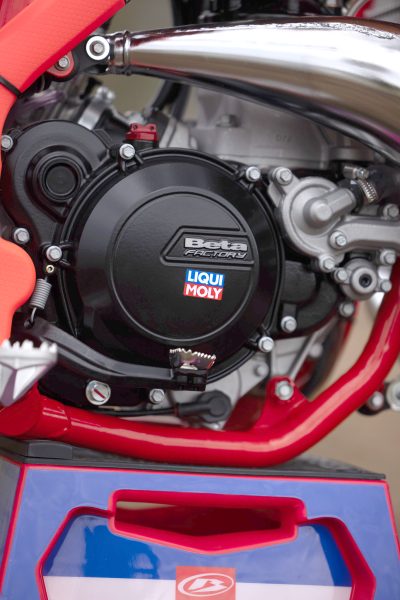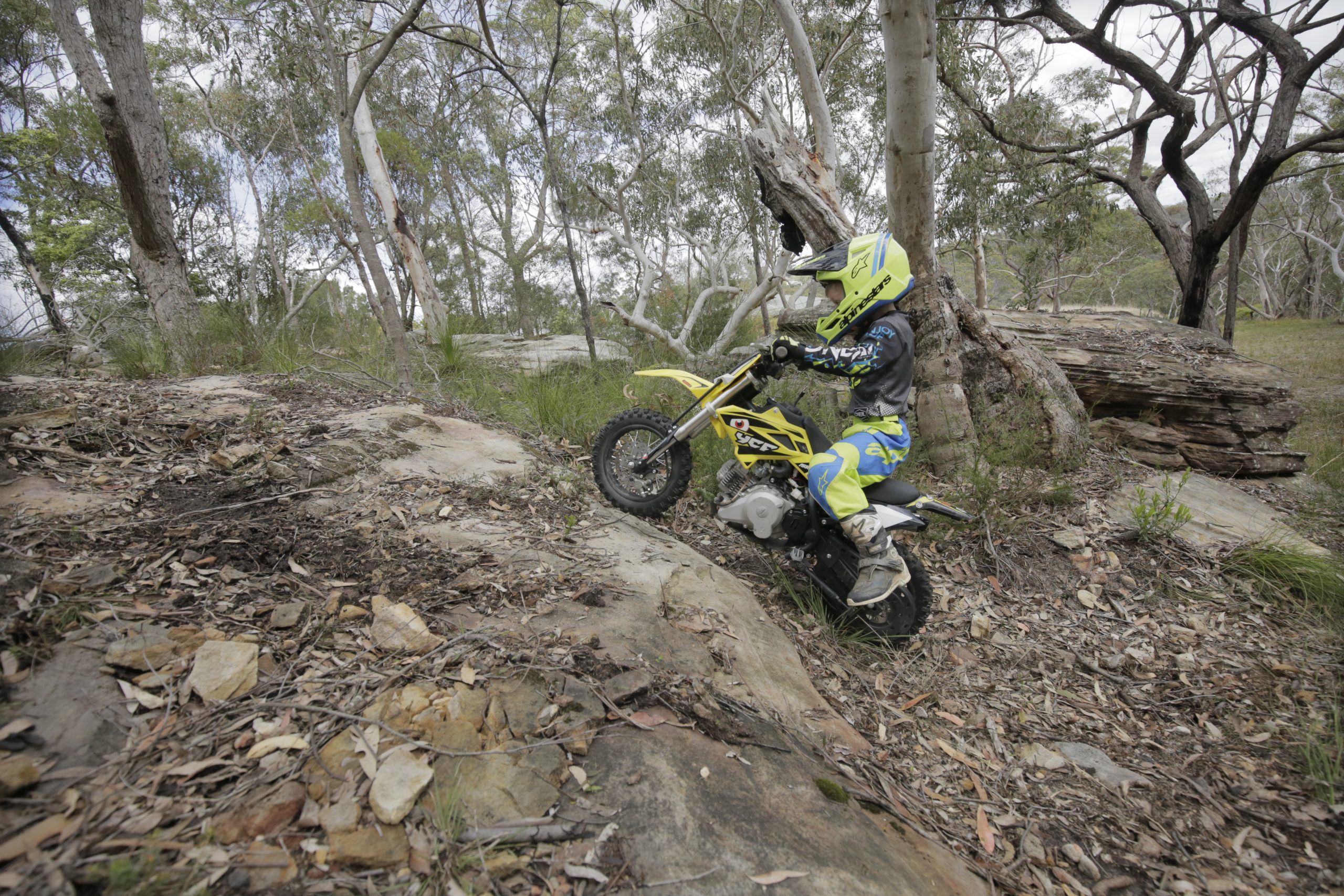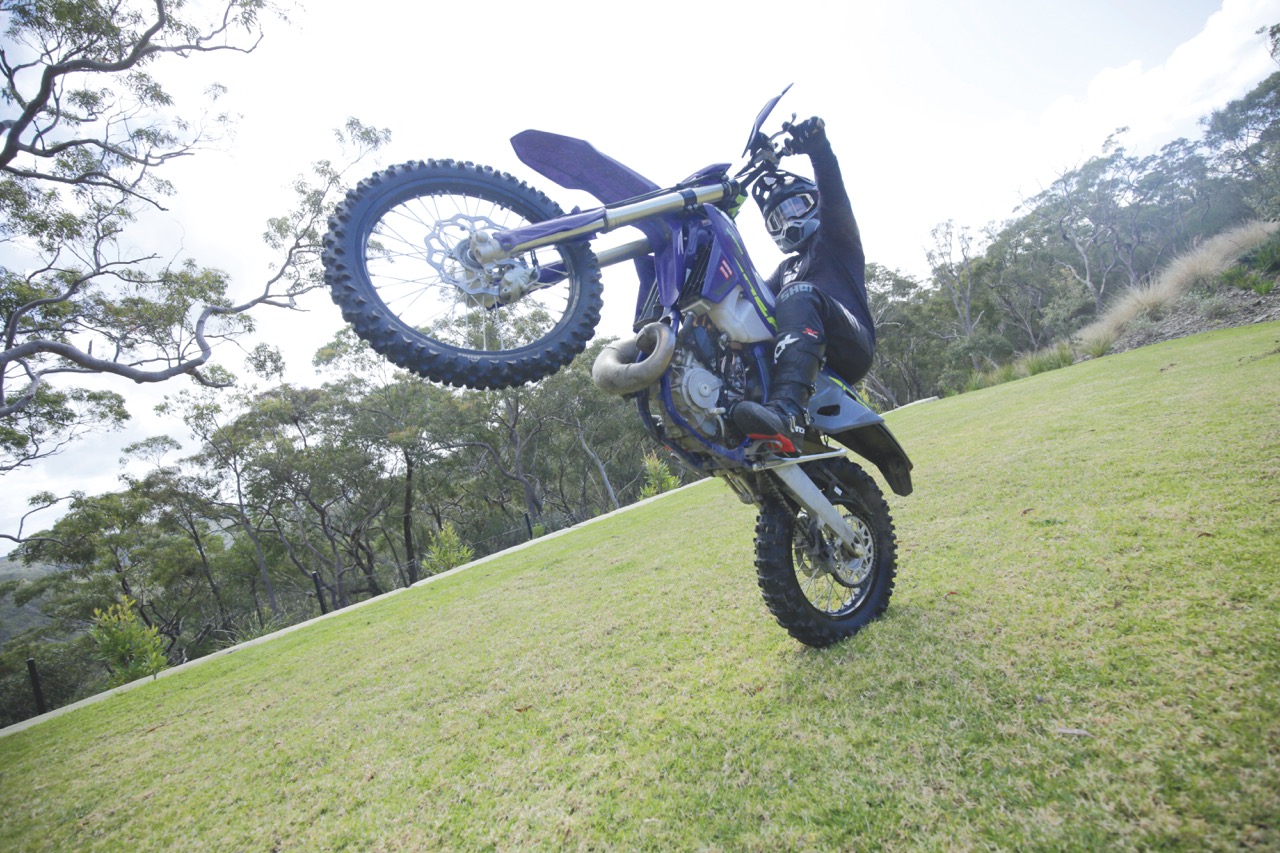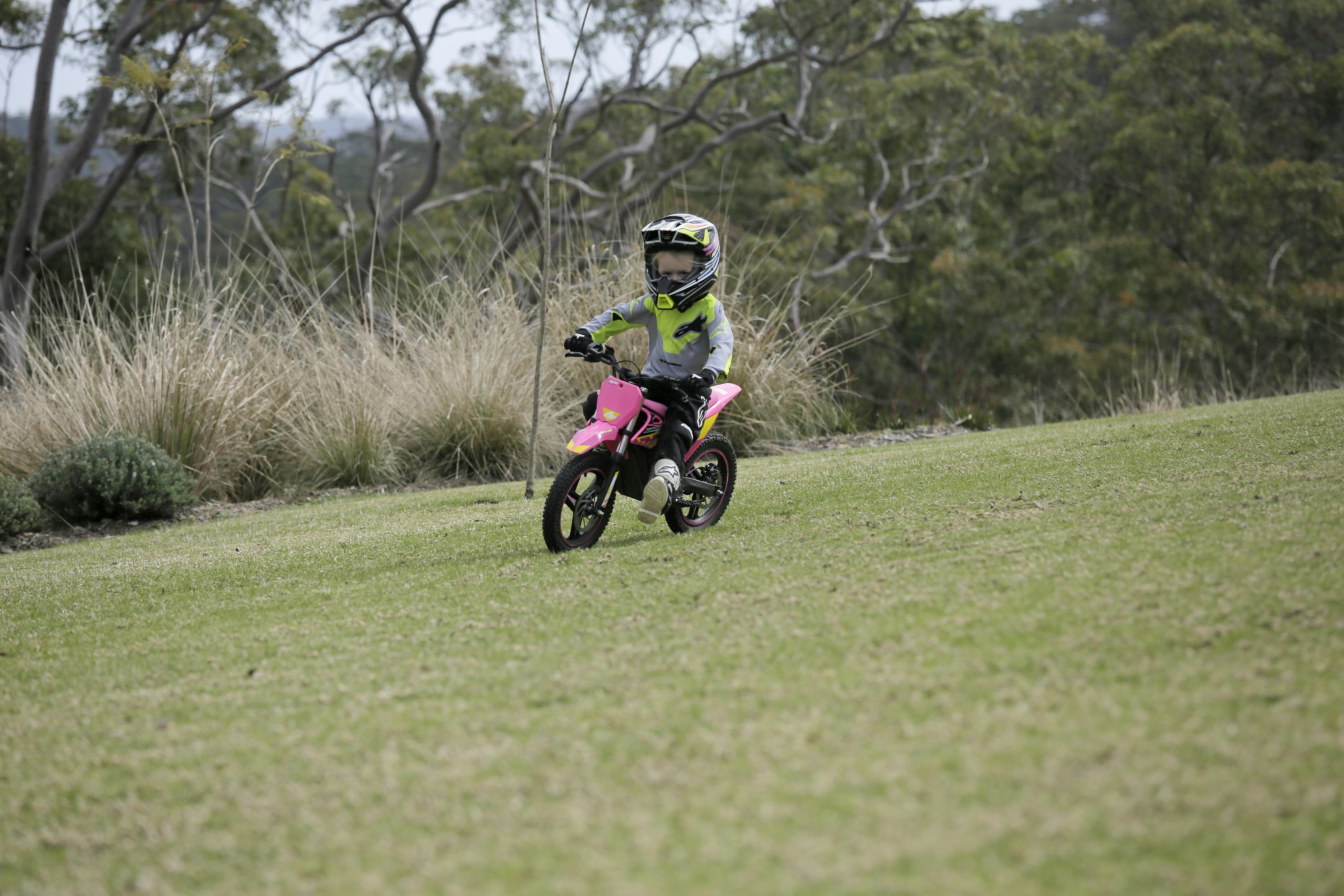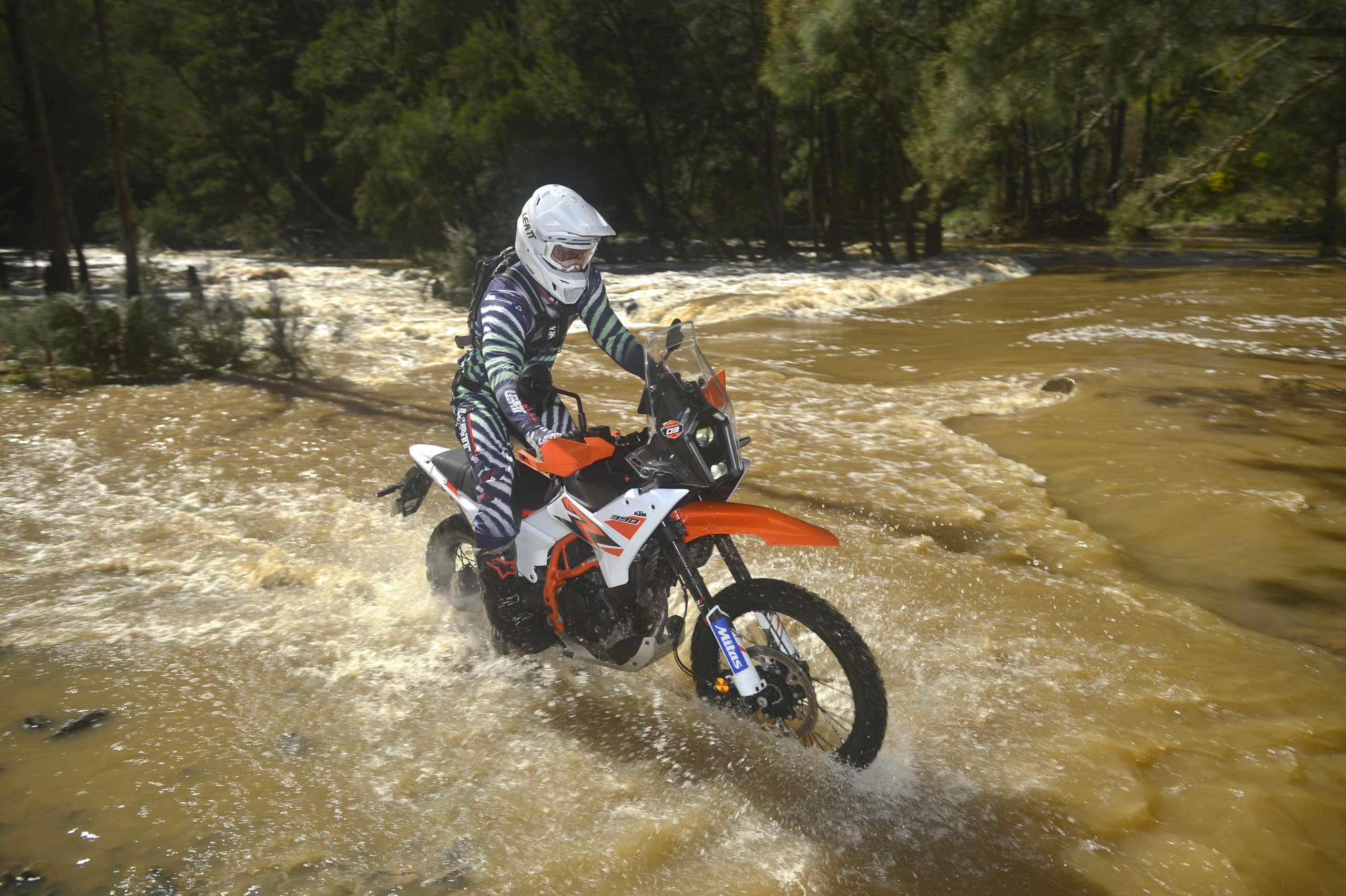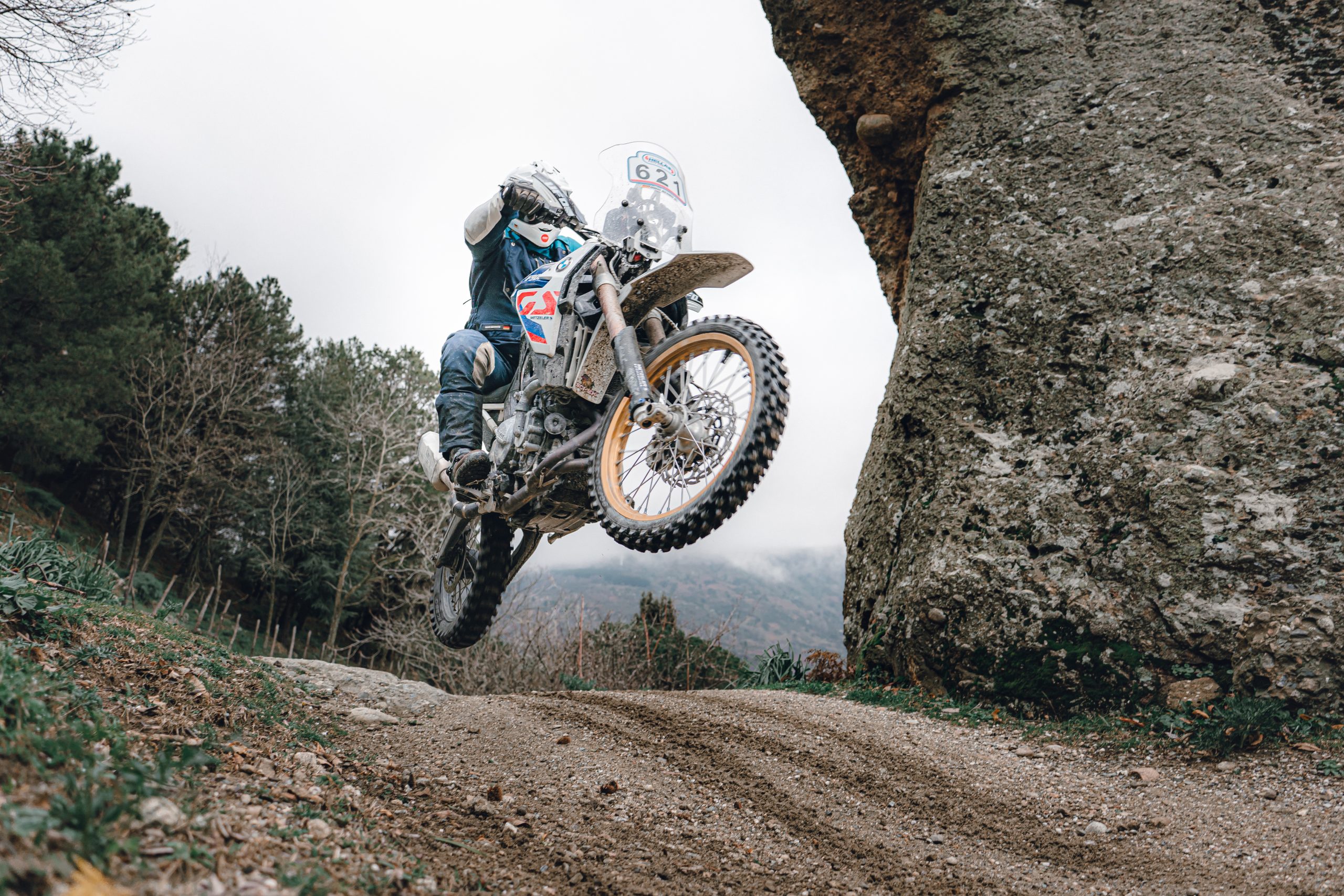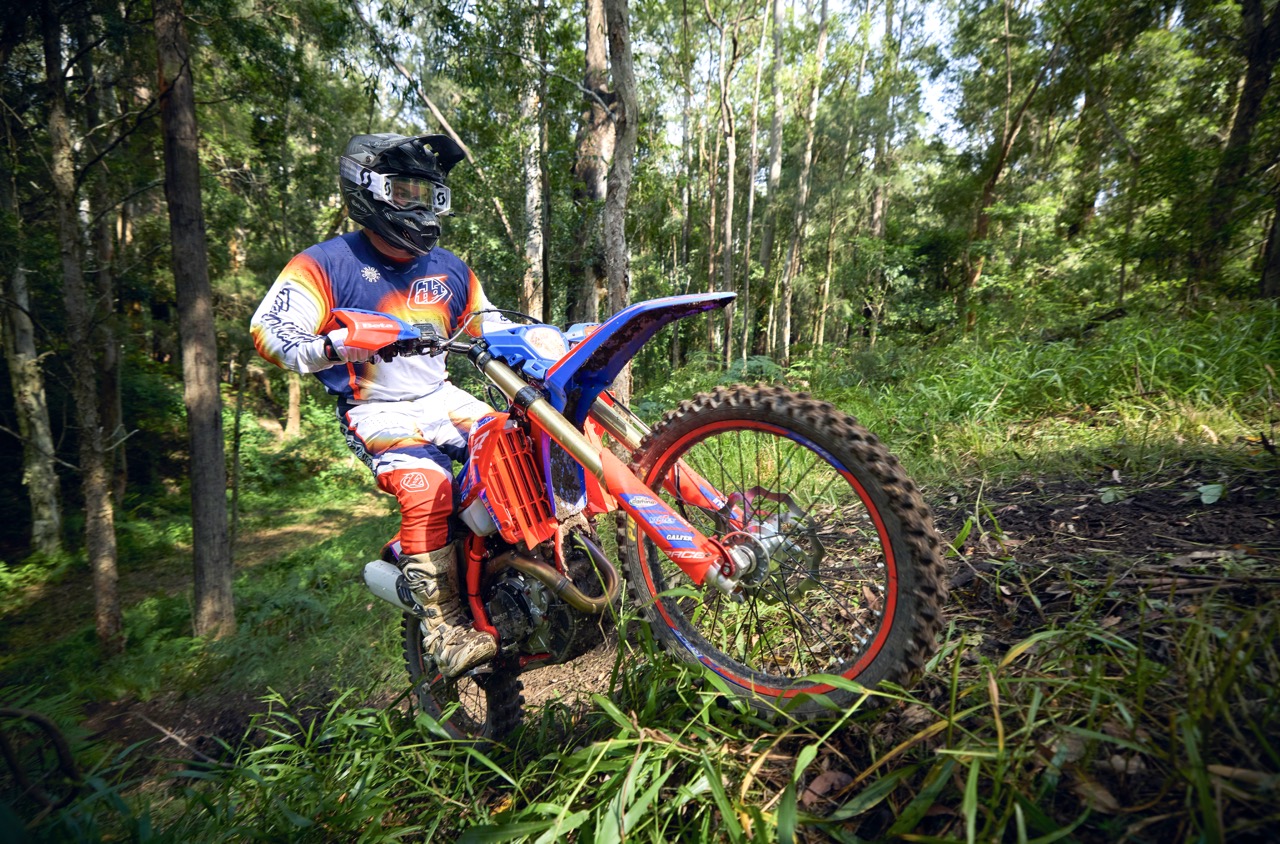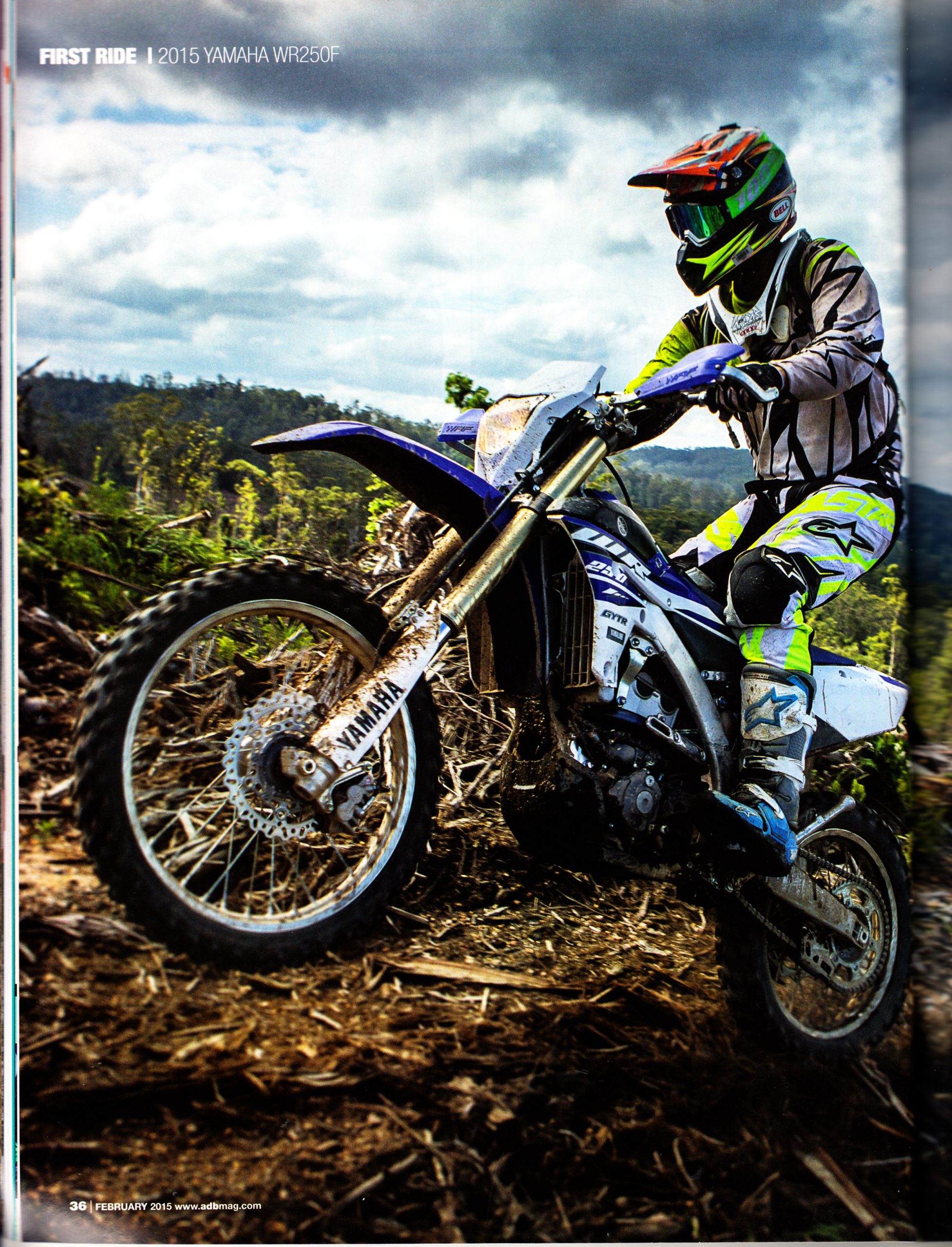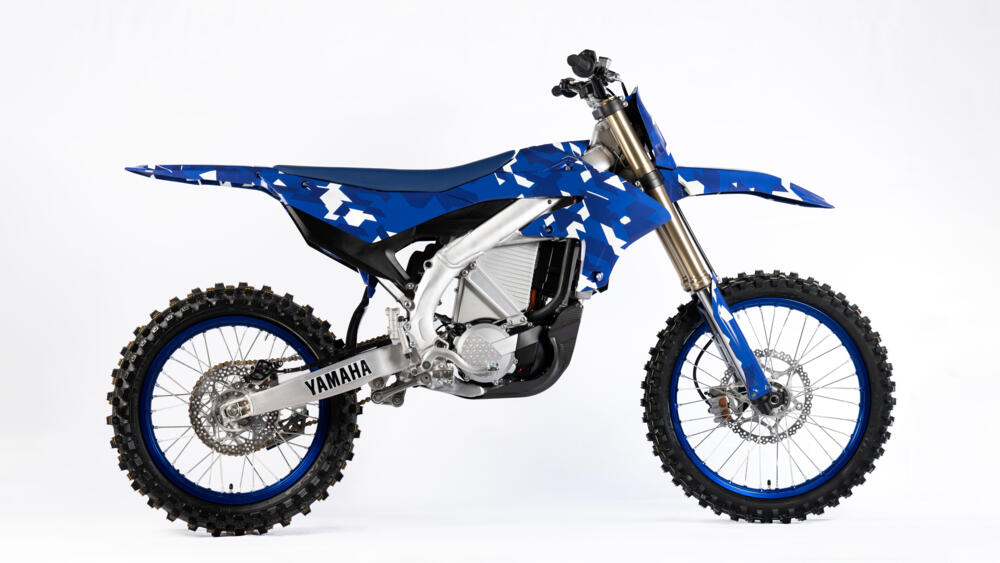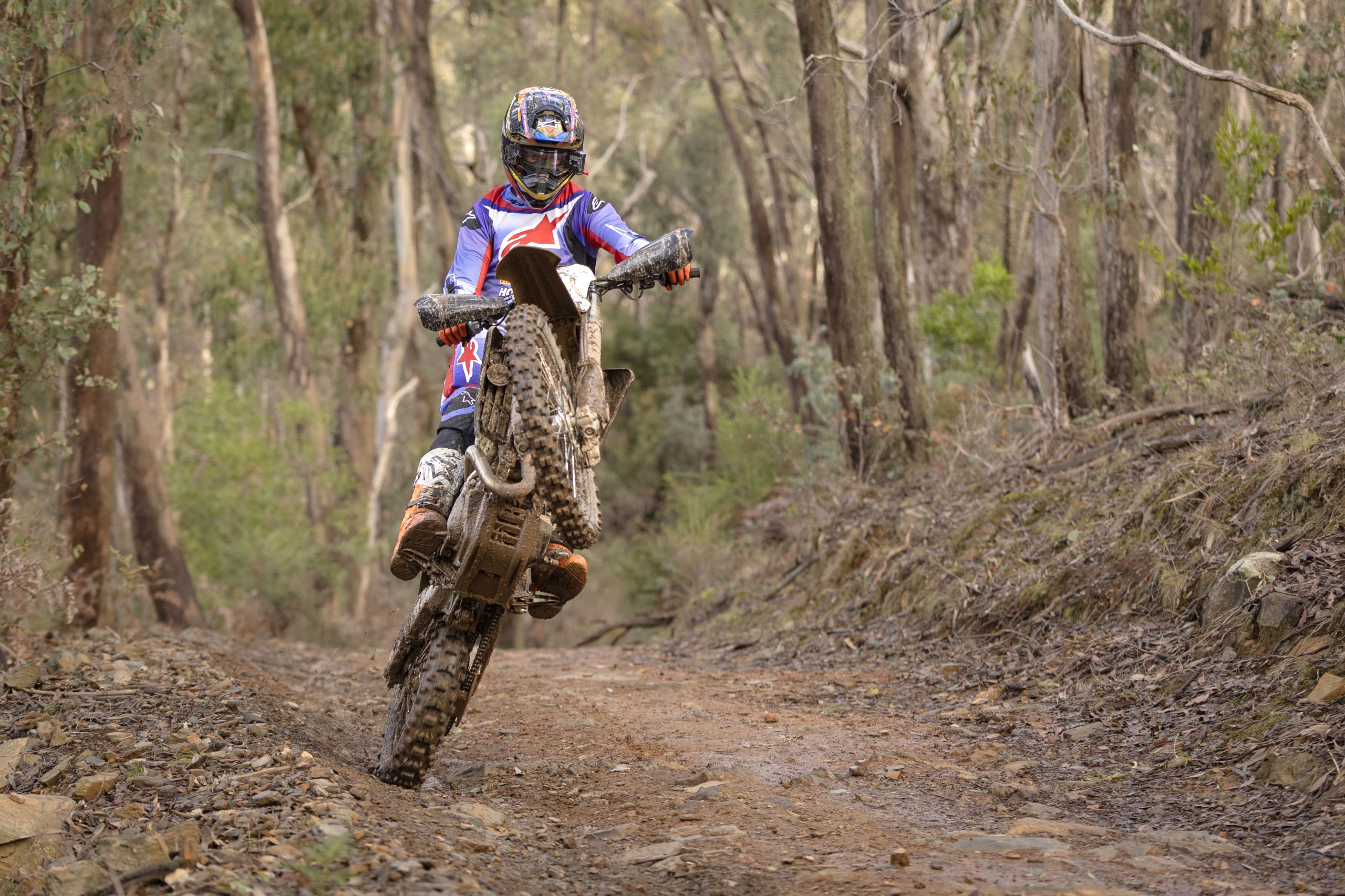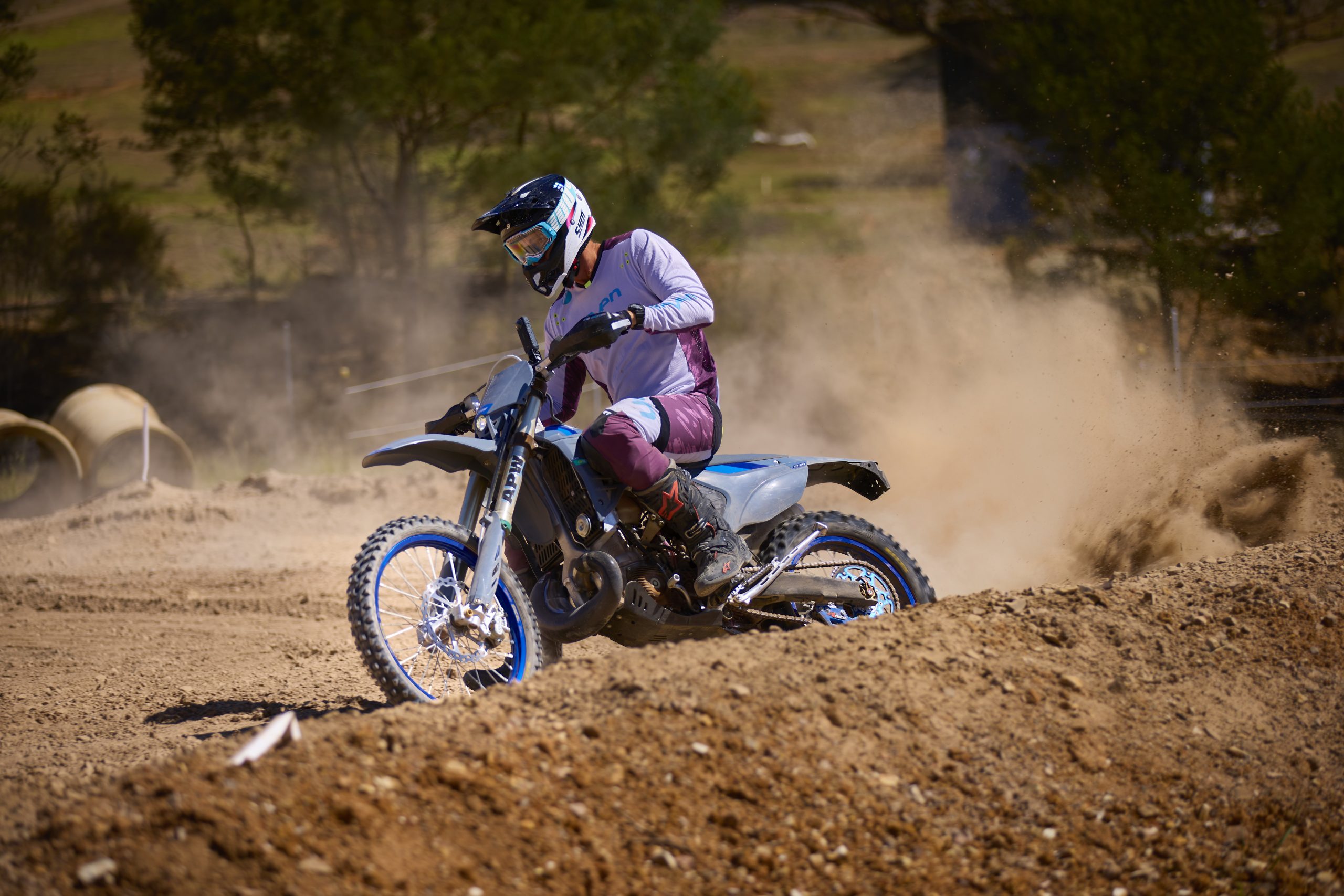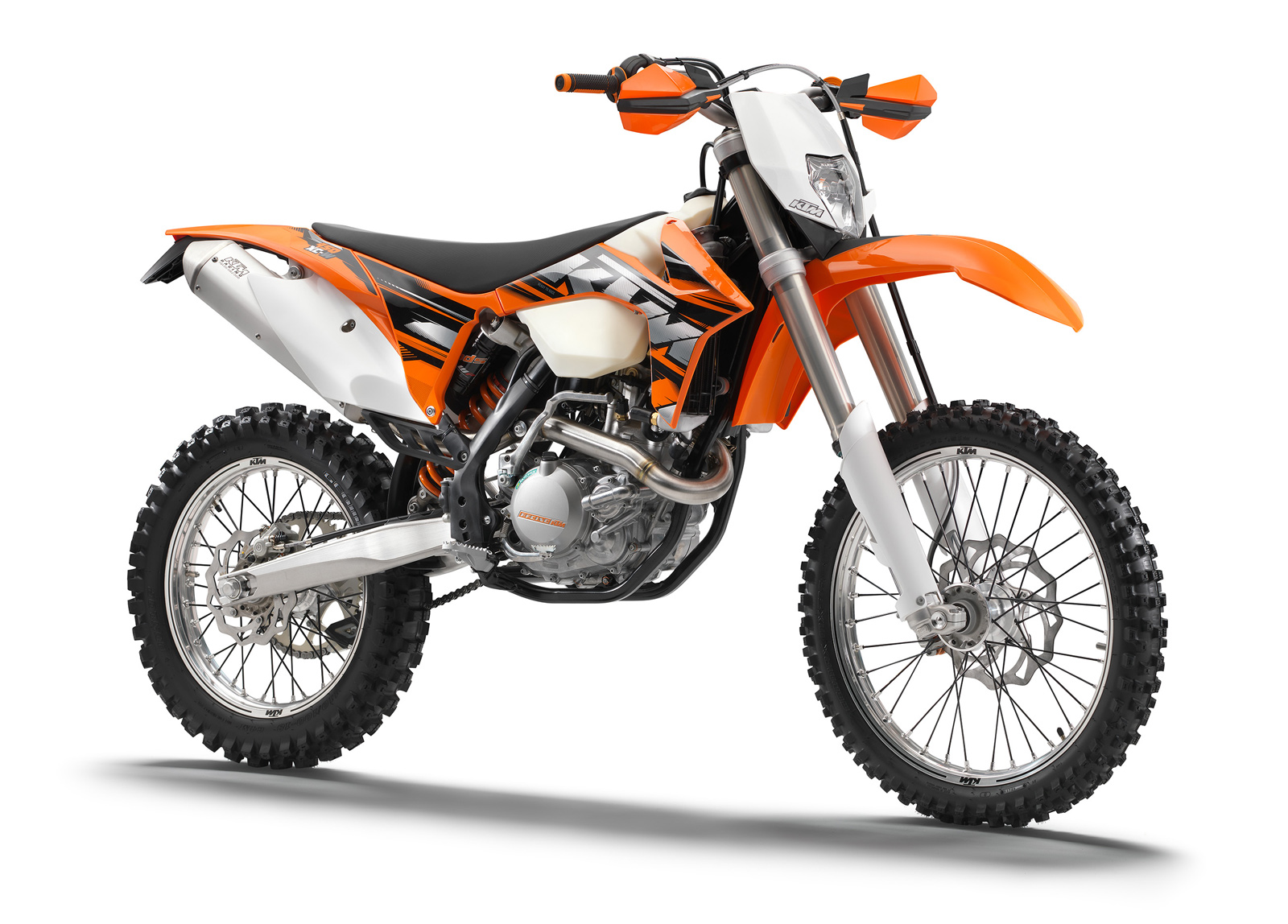Beta is best known for having an extensive range of enduro weapons with everything from small-bore two strokes to big-bore four strokes. Motocross is not the typical Beta scene but the manufacturer is making a big effort to turn that around. The first motocross-specific bike Beta introduced to its range was the RX 300 two-stroke machine. Since then Beta has introduced a RX 450 four-stroke and even tells us that in the not to distant future we are likely to see a 250cc two-stroke and 250cc four-stroke join the motocross line up. Now we have an updated 2025 Beta RX300.

The first RX 300 we saw was back in 2021 and it was a handful to hang onto. Beta really came in showing off its capabilities in the two-stroke department with an engine that was callus-rippingly aggressive. The engine had loads of hit off the bottom, and when you twisted the throttle you had better have been ready to go or you were in trouble. It was a fun bike to ride and it put the power of the other 300cc two strokes on the market to shame.
Since then Beta has revised the 300cc engine and to better handle the demands of a motocross track. We got the chance to jet up to Queensland to test the 2025 RX 300 at Queensland Motor Park (QMP) in Coulson. The track was ripped deep with plenty of water laid down and the 300cc two-stroke was ready to rip into some loam.
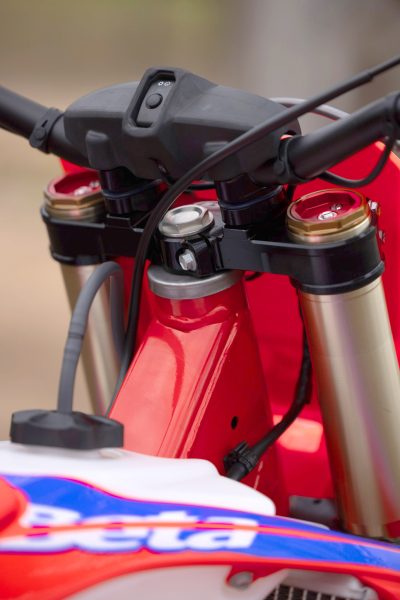
WHAT’S NEW?
The flash red and blue colour scheme has remained for the 2025 Beta RX300 but the graphics have been updated, along with a brand new frame purpose built for motocross.
The new frame the 2025 Beta RX300 receives a 10mm wider main spar while many sections have been redesigned and reinforced compared to the enduro frame. Even the engine mounts and position have been changed compared to the enduro frame, in order to be able to handle the flex and twist of high-speed corners and jumps on a motocross track. In line with the new frame, the subframe has been updated with an aluminium version, and the airbox is all new for 2025.
The 48mm KYB fork has had a makeover with a new internal setting and more travel than the enduro fork. There’s also a new 50mm KYB shock.
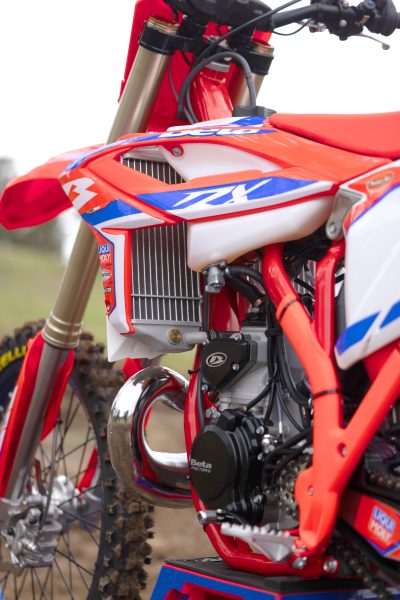
The front brake caliper has been updated using the same smaller and lighter caliper that is seen on the RX 450. On the rear is a new brake master cylinder that we see on the RR enduro racing models.
The radiators are new offering better cooling as well as a greater steering angle, and the rear sprocket has gone up one tooth from 48 to 49.
The 2025 Beta RX300 engine gets a new cylinder and cylinder head with greater compression paired with modified intake crankcases that increase power. The gearbox has been redesigned and has specific ratios better suited to motocross and the clutch has received a stiffer spring to preload the clutch pack to prevent slippage.

The 2025 Beta RX300 scores new motocross-dedicated mapping with two selectable maps on the ’bar pad, while the PWK38 Keihin carburettor has been retuned and recalibrated along with the power valve. The exhaust system is also new with a dedicated motocross expansion chamber and a shorter silencer.
Along with this extensive list of updates the RX also receives new handlebar blocks that are 5mm taller and reduce handlebar vibration. The new footpegs are less bulky and the rear axle is now 22mm, up from 20mm
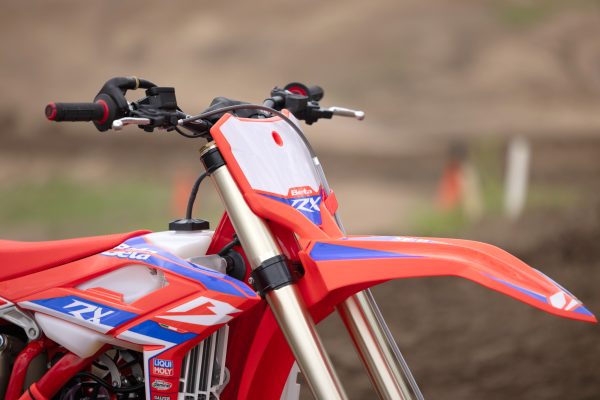
HOW DOES IT RIDE?
The RX 300 is an incredibly fun bike to ride. Compared to the previous models the 2025 RX 300 is faster but smoother. The older models were very aggressive on and off the throttle and I often found myself feeling like I was between gears. With more power along with the larger rear sprocket, you can ride a gear higher and use the torque to smoothly carry you around the track. The engine is still snappy but it’s an easier bike to ride fast and to carry corner speed now that the engine is smoother. It’s still a 300cc two-stroke, so if you knock it back a gear and dump the clutch then it is going to rip at your fingertips, but the power gives you the ability to ride more smoothly and conserve energy rather than flapping off the back and squeezing to hang on.
The KYB suspension is tuned well for a wide audience. The more comfortable I got on the bike and the faster I went the more I had to up the compression. I even raised the front of the bike by sliding the forks through the triple clamps to get the front wheel to sit higher, but the standard setting is very smooth and will suit the masses well.
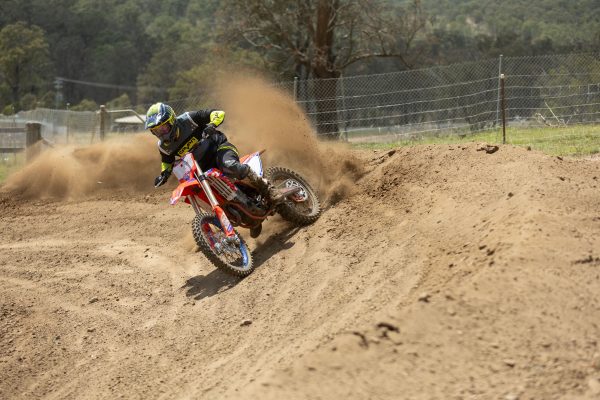
The clutch has a nice feel to it and is light and progressive, and the brakes are strong. The front brake has a retro feel to but it is strong and does its job well. The seat has plenty of grip but it did leave me swapping cheeks on the plane ride home.
The new frame is a welcome addition – it is improved in all the right places. The added stiffness has improved cornering ability without giving the bike a rigid feeling. Without the heavy rotating mass of a big four-stroke engine, a two-stroke frame can feel light on the wheels and deflect around the track but for a company with only a short few years in the motocross space, Beta has to be commended for the RX chassis.
The seat is high, which I quite liked, and the taller handlebar mounts are a welcomed addition giving plenty of room to move around on the bike.

WHERE DOES IT SIT IN THE MARKET?
Unlike in enduro we don’t have a 300cc two-stroke class in motocross, so the RX 300 has to race in the MX1 class against 450cc machines. It is certainly capable of that, but it would be easier to race the 450cc machine.
The 300 is an incredibly fun bike to ride and it’s one I often find myself daydreaming about, but I also find it takes more effort and leaves me more fatigued.

If you only ride at ride parks or just do club-level racing and you are a big two-stroke fan, then I would absolutely steer you towards the Beta RX 300. It’s packed full of that old carby-fed two-stroke nostalgia that we all grew up with. I think it’s unlikely that we will ever see a RX 300 racing on a professional level, even though with the right pilot I believe the 300 could be very competitive. I just think the two stroke has seen its day on a professional motocross racing level.
